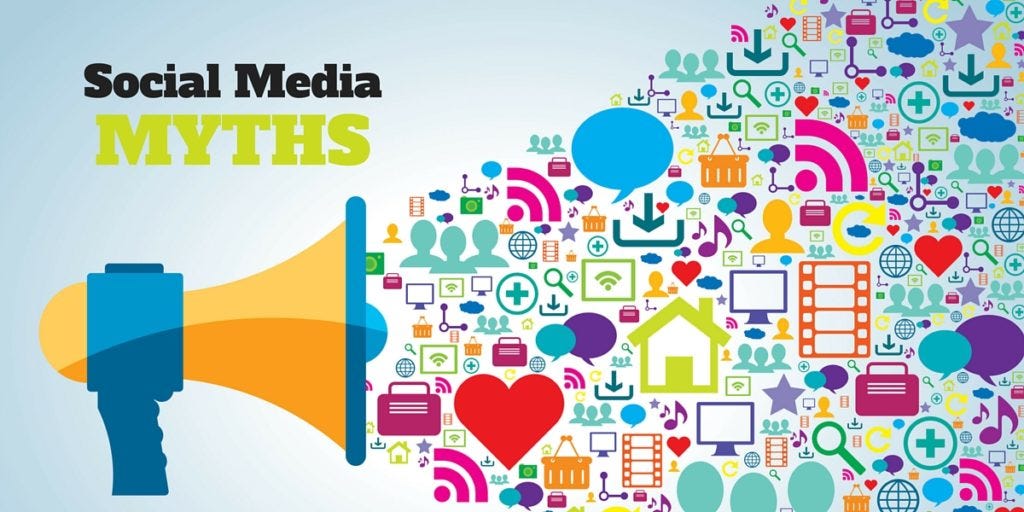The design of the website has nothing to do with being nice if its UX is bad. There are millions of websites that show mind-blowing designs on a piece of paper but do so bad on the web. During the UX design process which generally involves concept, research, definition, prototype, and test; the usage of different tools increases audience engagement and conversation rates.
So for this designing process, designers are always in a search of tools that are free to use and yet make their design more appealing to the targeted audience. Once again GoDesign has covered you by providing a list of free tools that you can use to make stellar UX design.
Stages of UX designing and tools used in each step
1. Concept:
The concept is the first and most crucial step of the design. Every designer starts any project with a thoughtful concept. This may include questions like how do you envision your product attracting the audience? Having a concept of the project gives you a road map of all the steps you need to follow during your UX designing process. Tools you will be needing while having your concept are:
- Pen and Paper
So for making a list of all the important points obviously you will be needing a pen and paper. Jotting down all the elements would help you to be more organized and structured during your UX design.
- Muzli
Muzli by InVision provides you free marvelous design projects. You can discover the best web design inspiration, best websites, best logos, web trends, best mobiles sites and applications, minimalist websites, brutalist websites, innovative illustrations, design features, unique websites, photography projects, and visual art, as well as opinions and articles from design experts across the web and around the world. You can also add this tool to your chrome as an extension.
- Checklist.design
This website helps you to create your designs more effectively. When you’re building a product, things can get complex quickly. You’re in the trenches, thinking about every element, interaction, and journey. Keeping all of this information in your head is a problem. You inevitably forget things and lose mental space that would otherwise be free for creativity and problem-solving. So if you forget things quickly this can be your go-to website. It will help you to create your own checklist. This checklist will make your work more assured and will save your time from going back and picking up whatever fell through in the first phase of work.
2. Research
Research is the second step in designing UX. In UX designing research can be defined as the thorough systematic approach of studying target users and their requirements, competitive analysis, and measure analytics. By doing research they will provide you with the valuable information you would be needing in the designing process. Several tools that you can use in this step are following.
- Zoom
Due to pandemic across the world, this zoom becomes the go-to place for having meetings. If you want to discuss your design with your colleagues and friends then you can use this for free. You can install it as an app and in a few minutes via generating a link you can call your friends with you in a virtual meeting room with options of screen sharing and video recording.
- Analytics:
Google Analytics lets you measure your advertising ROI as well as track your Flash, video, and social networking sites and applications. By using this website or app you can check and better understand the performance of your marketing content and products etc. Analytics works with Google’s an advertising and publisher products, so you can use your insights to deliver business results.
Learn more about google analytics by pressing the button.
- Google Forms:
Google forms are one of the best icons which can help you to generate surveys with your own style. You can add your own pictures and logos and can customize your own reference questions which will help you to get real analytics and insights into what’s trending in the market or what’s needed to improve.
Of course!! If you’re in doubt, consult google. For this, you just need to have the internet and a good package. You will get trillions of options and recommendations in one minute by just entering the keyword of your topic.
3. Define
The next step in the UX designing process is defining. Defining your brand. You can do this by creating affinity diagrams, empathy maps, customer journeys, and personas. The free tools you will be needing while defining your brand are mentioned below.
- Miro
Miro is the online collaborative whiteboard platform. A platform for modern work, enabling collocated, distributed, and remote teams to communicate and collaborate across formats, tools, channels, and time zones without the constraints of physical location, meeting space, and whiteboard. Every board is a unique canvas, and ideas are expressed brilliantly through different colors and shapes. It also offers a free app that you can download and start designing like a pro.
- Figma
Figma is a web-based vector graphics editor and prototyping tool. It has offline desktop features for IOS and Windows. It is the best designing tool for teams having collaboration. It allows as many people as places to access the designing tools.
- Notion
A notion is a tool that allows you to put your work apps, roadmaps, your designs, and your various other tasks during the designing in one place by creating blocks so you may prevent from the hustle and don’t forget anything in between.
4. Prototype
This is the fourth step in your UX designing process. You Can use various free tools to create wireframes, user flows, and prototypes. Some of these tools are miro and Figma which are explained above. Other tools you can use for free are mentioned below.
- InVision
InVision is the digital product design platform for inclusive collaboration within digital product design and development. It is also available as a desktop app for both IOS and windows.
- Adobe XD
Adobe XD is a vector-based user experience design tool for web apps and mobile apps, developed and published by Adobe Inc. It is available for macOS and Windows. It offers Wireframe, animate, prototype, collaborates, and more, all in one UI/UX design tool. Start with free and make a stellar design.
5. Test
The last step in the UX design process is Test. There are various tools used in testing the prototypes. Some of them are explained above i.e zoom, Figma, InVision, and many more. Others you can use for free are described below.
- Paper Prototyping
In the world of human-computer interaction, there is a process or method which is common in user-centered designing processes. It helps the developer to create something according to the needs and requirements of the user. It consists of creating hand drawings of the user interfaces so they can be rapidly designed, stimulated, and tested.


